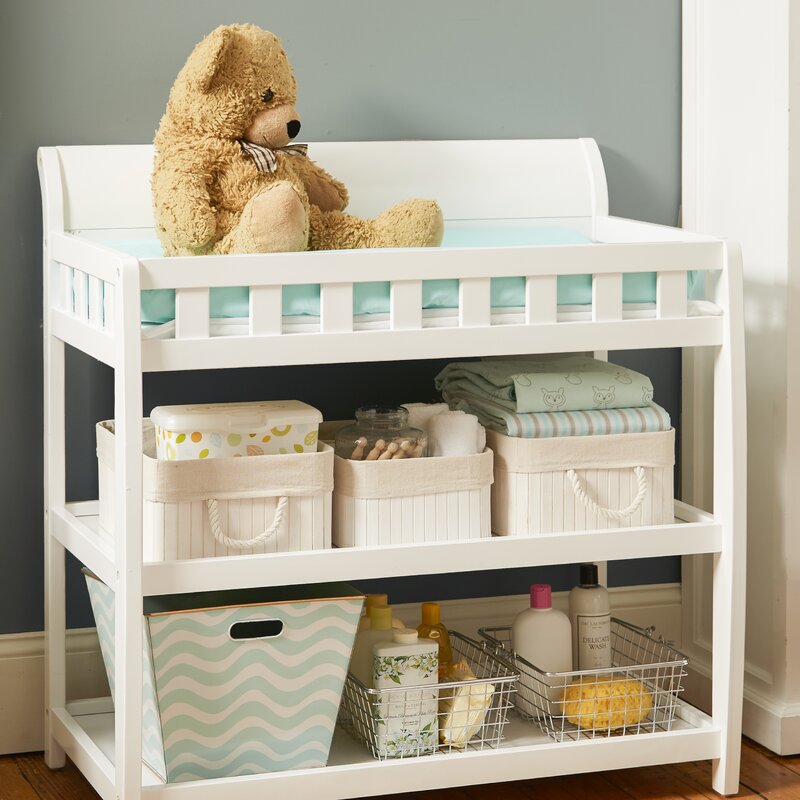

Straining to reach a changing table that is too high or too low can put unnecessary strain on an individual’s back. Use Height-Appropriate Changing Tables: Depending on the height of the people using the changing table, you may consider purchasing a shorter or taller table.If, for whatever reason, you are unable to lift a child by yourself, ask for assistance.Lift with your legs not with your arms, back or shoulders.Avoid bending or twisting whenever possible.Keeping anything – but especially something that can move unexpectedly like a child – you lift close to your body.Teach Proper Lifting Technique: Properly lifting a child can greatly reduce the amount of back injuries.Lifting children is an essential part of caregiving, but these steps can help protect your long-term health: Anyone that regularly lifts and lowers children from changing tables is just begging for back and shoulder injuries. The safety of parents and caregivers is often overlooked with so much emphasis placed on the well being of children. Making a Changing Table Safe for Parents and Caregivers Never place a child on a changing table that hasn’t been thoroughly inspected, particularly if you have not used the table in the past. Inspect Changing Tables: Over time, changing tables, especially collapsible ones, break down and need to be repaired or replaced.Be sure, however, to keep supplies out of arm’s reach so the child is unable to pull anything on top of them. Keep All Supplies Within Reach: Keeping all diaper changing supplies handy will prevent the need to ever leave a child unattended.Regularly inspect the strap in order to make sure it is in safe working order. Even when using a changing table with a strap, you should still never let the child out of your sight. Remember, however, that the strap is designed to keep the child in place it is not designed to keep them secured to the table. Safety Straps: Changing tables with a safety strap have an extra level of protection.

This design keeps the child in the middle of the table and makes it more difficult to roll towards the sides.

#Baby change tables how to
How to Make a Changing Table Safe for KidsĮvery year, children sustain serious and occasionally debilitating injuries after falling from changing tables. The employee claimed she only turned her back for a second, which illustrates why changing tables must be equipped with appropriate guardrails and parents and caregivers must never allow distractions while children are in elevated positions. Fortunately, the child recovered from the skull fracture and no permanent damage was done. The child rolled off the changing table onto the floor while another child unexpectedly diverted the childcare provider’s attention. Reality Alert: A one-year-old child suffered a skull fracture after falling from a changing table.


 0 kommentar(er)
0 kommentar(er)
